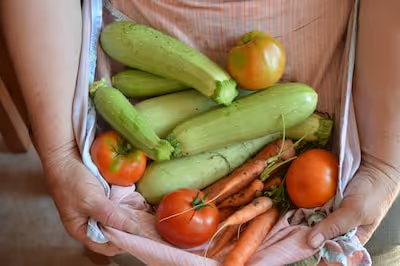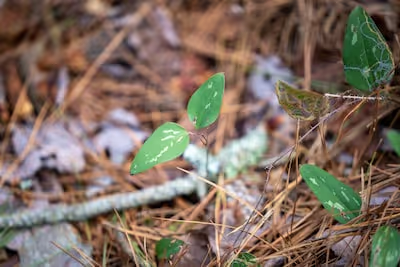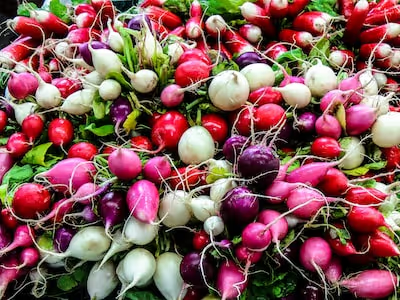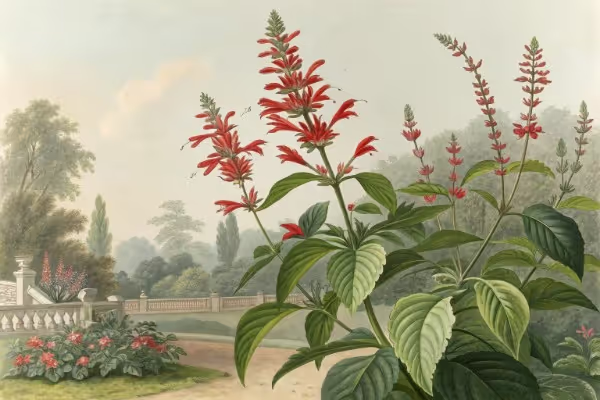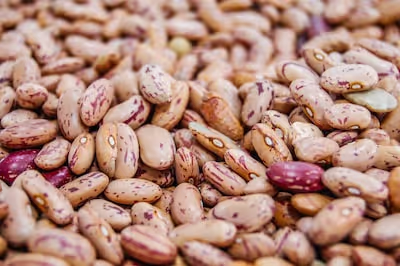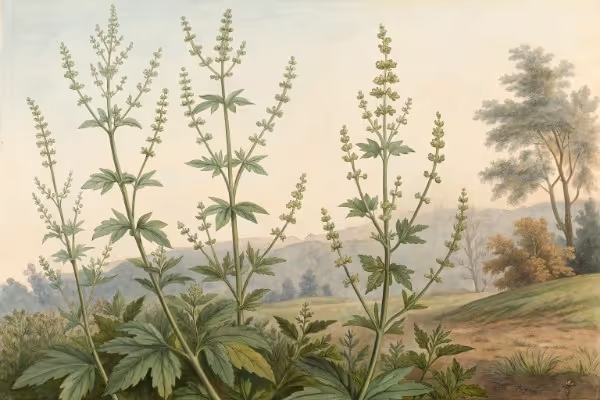Growing Oregano: How to Cultivate a Healthy Herb Garden
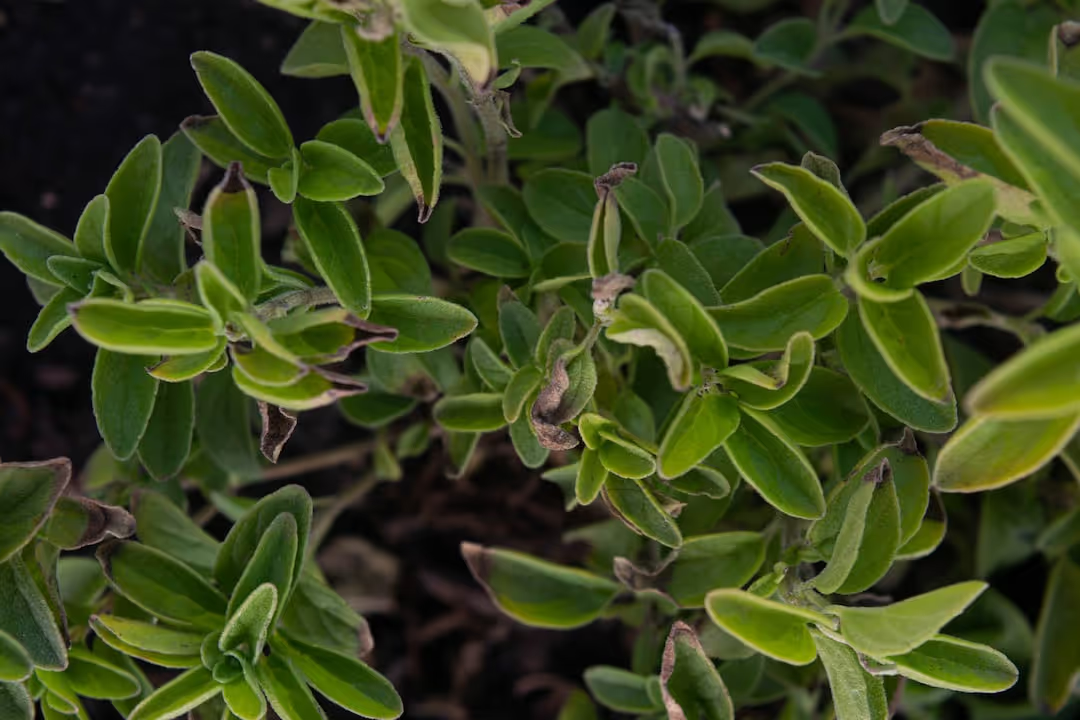
Growing Oregano
Growing oregano rewards cooks and gardeners alike with bold flavor and easy care. Full sun, well-drained soil, and minimal watering keep this fragrant Mediterranean herb thriving. Start growing oregano today to transform a part of your garden into an aromatic pantry staple—you'll want it close at hand for grilled lamb, rich sauces, and rustic pizzas.
Cheatsheet: Oregano Made Simple
🌱 Select Your Oregano
Greek (Origanum vulgare hirtum): Highest oil content.
Italian (Origanum x majoricum): Milder, sweet notes.
🔆 Sun & Soil
Full sun (6+ hrs/day). Well-drained, sandy soil. pH 6.0–8.0. Oregano tolerates drought; avoid heavy clay.
🌡️ Temperature & Planting
- Plant after last frost (above 60°F/16°C).
- Space 12–18 in (30–45 cm) apart.
- Seeds: Sprinkle, cover lightly. Germinate: 7–14 days, 70°F/21°C.
💧 Watering & Feeding
- Water established plants when dry. Avoid overwatering; roots rot easily.
- Feed with diluted liquid fertilizer once at planting. Too much fertilizer reduces flavor.
✂️ Pruning & Harvest
- Pinch tips when 4 in (10 cm) high for bushy growth.
- Harvest before flowering for peak flavor.
- Snip stems; never remove more than ⅓ at once.
- Cut flowers to promote leaf growth.
- Dry stems upside down in a dark, airy place.
🐜 Pests & Problems
- Rarely troubled. Watch for aphids, spider mites.
- Ensure airflow to prevent mildew.
🥗 Health & Nutrition
Oregano offers antioxidants, vitamin K, potent essential oils. Supports immune health, aids digestion.
🛠️ Tools and Products You'll Need
- Oregano seeds or starter plants
- Potting mix or sandy garden soil
- Pots (min 8 in/20 cm deep) if container growing
- Hand trowel
- Pruning shears
- Organic fertilizer (optional)
- Mulch (gravel or straw)
- Labels for varieties
🪴 Quick Steps to Success
- Choose sunniest spot, prep sandy, well-drained soil.
- Sow seeds or plant seedlings after last frost.
- Water sparingly; let soil dry between watering.
- Pinch tips for bushy plants. Harvest leaves as needed.
- Dry or freeze extra for year-round use.
-
Growing Oregano: site, soil, and sunlight
I get richer flavor from oregano in lean, gritty soil than in compost-heavy beds, so I keep it simple and fast draining. Aim for full sun, 6 to 8 hours, and soil pH between 6.0 and 8.0.
For beds, I blend loam with 25 to 40 percent coarse sand or small gravel to keep roots dry. For pots, I use a peat or coir mix cut with perlite and bark, roughly 50:30:20 by volume.
Heavy feeding backfires, since excess nitrogen grows foliage with watered-down oils. I add a light topdressing of compost once in spring, then stop.
Growing Oregano rewards restraint, so I water deeply, then let the top 1 inch, 2.5 cm, dry before watering again. In my heat, that can mean once a week, but I watch the plant, not the calendar.
Varieties that earn space
- Greek oregano, Origanum vulgare subsp. hirtum: punchy, high carvacrol, hardy around USDA zones 5 to 9, -20 to 20 F, -29 to -6 C.
- Common oregano, Origanum vulgare: milder, good for fresh salads, hardy to zone 4 with cover.
- Syrian oregano, Origanum syriacum, za’atar: bold and resinous, loves heat, less cold hardy than Greek types.
- Golden oregano, Origanum vulgare ‘Aureum’: ornamental chartreuse leaves, flavor lighter, thrives in containers.
- Mexican oregano, Lippia graveolens: different genus, citrus-anise profile, fantastic with beans and slow-cooked meats.
I choose named Greek strains for sauces, then keep a pot of Mexican oregano for braises and rubs. Mixing both covers 90 percent of my kitchen use.
Seeds, starts, or cuttings
Seeds are tiny and slow, yet reliable with light and patience. I surface-sow at 70 to 75 F, 21 to 24 C, since light speeds germination, and sprouts show in 7 to 14 days.
Transplant when seedlings have 3 to 4 sets of leaves and roots knit the plug. Space plants 12 to 18 inches apart, 30 to 45 cm, since airflow matters more than lush density.
Cuttings save time, so I snip 3 to 4 inch softwood tips, strip lower leaves, and stick in a 50:50 perlite and vermiculite blend. Roots form in 10 to 14 days under bright shade and steady moisture.
Starts from a nursery should look compact with branching at the crown. I avoid plants with peat-logged roots or pale, floppy growth.
Container culture and windowsill wins
For long-term pots, I use at least a 10 to 12 inch, 25 to 30 cm, container with big drainage holes. Terra cotta keeps roots on the dry side, which tightens flavor.
Indoors, I run full-spectrum LEDs at 4000 to 6500 K, 12 to 14 hours daily, with the canopy 8 to 12 inches, 20 to 30 cm, below the light. A small fan on low keeps mildew away.
Watering rhythm and light feeding
Oregano likes a soak, then a break, so I water until runoff, then wait until the pot feels light. In the ground, I water deeply every 7 to 10 days in summer, then cut back as nights cool.
Fertilizer stays light, such as fish emulsion at quarter strength once in late spring. Too much nitrogen makes stems soft and flavor flat.
Pinching, pruning, and harvest
Early on, I pinch every shoot above the third node to force branching. After that, I shear plants by one third every 4 to 6 weeks for steady flushes.
For peak oil, I harvest in the morning just before flower buds open. I cut 4 to 6 inch, 10 to 15 cm, stems, leaving at least two leaf pairs to fuel regrowth.
Drying and storage
Bundles hang in a shaded, breezy spot, or I dry in a dehydrator at 95 to 105 F, 35 to 40 C, until leaves shatter. I store loose leaves in airtight jars away from light.
Dried oregano keeps punchy for 6 to 12 months, then fades. I refresh stocks each summer so the pizza never tastes tired.
Overwintering and longevity
In cold zones, I mulch crowns after the first hard frost with 2 inches, 5 cm, of straw or shredded leaves. In pots, I slide containers into a cold frame or unheated garage, water once a month, and let them rest.
Every 3 to 4 years, I divide woody clumps in early spring. Fresh vigor returns, and flavor perks up again.
Pests, diseases, and simple IPM
Dry, bright conditions keep trouble scarce, though aphids and spider mites show up on stressed plants. I wash them off with a sharp hose stream, then follow with insecticidal soap if needed.
Root rot follows soggy soil, so I improve drainage first and water less. Powdery mildew means I thin stems, increase spacing, and boost airflow.
Companions and bed design
Oregano tucks well near tomatoes, peppers, and eggplant, where it draws pollinators and can confuse some pests. I line paths with it so brushing the plant releases scent that doubles as a gentle deterrent.
Border plants short enough to avoid shading oregano, since light makes the oil, then the oil makes the flavor. Gravel mulch around stems adds heat and dryness that the plant appreciates.
Flavor chemistry and the art of stress
Carvacrol and thymol drive the signature bite, and moderate dryness nudges concentrations upward. I learned this the hard way after overwatering one summer and getting leaves that tasted like mowed lawn.
Warm days and cool, dry nights sharpen the profile. So I water in the morning, then let the plant ride the afternoon heat.
Top buys and specs I actually use
- Certified seed or a named Greek oregano start, with sturdy branching and no flowers.
- Potting mix with high porosity, at least 30 percent perlite or pumice for containers.
- LED grow light at 12 to 18 watts per square foot, 120 to 190 watts per square meter, for indoor winter sprigs.
- Sharp bypass shears for clean harvests and quick regrowth.
- pH test kit or meter to keep soil slightly acidic to neutral, 6.0 to 7.5, even up to 8 in very free-draining media.
Quick troubleshooting
- Bland flavor: reduce watering, skip fertilizer, increase light to full sun or add supplemental LEDs indoors.
- Leggy growth: pinch more often, provide stronger light, and space plants farther apart.
- Yellowing leaves: check drainage, let soil dry longer, and verify pH is not too low.
- Slow growth in pots: up-pot one size, use fresher mix, and trim woody stems to wake up buds.
- Brown crown in winter: mulch later, after the ground cools, to avoid trapping moisture against stems.
Culinary notes from a heavy user
Fresh Greek oregano goes on grilled zucchini with lemon, olive oil, and sea salt, nothing else. Dried leaves bloom in hot oil for ragu, stew, or beans, and a pinch of Mexican oregano transforms chili.
I crush dried leaves right before cooking, since friction wakes the oils. If a jar smells sleepy, I toss it and start new.
Hydroponic and indoor off-season strategy
In a small raft or Kratky tub, oregano behaves if the solution stays warm but oxygenated and EC stays modest, 1.2 to 1.6 mS/cm. I run a mild 2-1-2 herb formula and keep pH near 6.0.
Leaves grow tender under lights, so I finish with a week of drier air and extra lumens for a flavor bump. A small oscillating fan helps thicken stems.
Evidence and expert notes
“Grow in poor to moderately fertile, well-drained soil in full sun.” — Royal Horticultural Society, Herb Cultivation Guides
“Use little or no fertilizer for most herbs, as too much nitrogen reduces flavor.” — University of Maryland Extension, Herbs: Care and Harvest
Greek oregano commonly shows carvacrol-dominant oil profiles, often exceeding 60 percent of the essential oil fraction. — Journal of Essential Oil Research, Oregano Chemotypes
Cold tolerance varies by species, and many Greek types carry USDA zone 5 ratings, so plan winter care accordingly. Missouri Botanical Garden plant pages align with my experience in zone 5b, where mulched crowns sail through most winters.
Seed germination at 70 F, 21 C, in 1 to 2 weeks matches extension guides and my bench notes. Light on the seed improves stands, so I never bury it.
A final field tip
I give new plants one slightly tough season to set their chemistry and muscle. After that, they behave like scrappy kitchen partners that only ask for sun, space, and a sip at the right time.
Frequently Asked Questions About Growing Oregano
What type of soil suits oregano best?
Oregano thrives in well-draining, sandy soil with a slightly alkaline pH between 6.5 and 7.0. If your garden has heavy or clay-rich soil, mixing in organic matter or compost can improve drainage significantly.
How much sunlight does oregano require?
Oregano prefers full sun, meaning at least six hours of direct sunlight per day. While the plant can tolerate partial shade, sunlight encourages stronger flavor and healthier growth.
When should oregano be planted outdoors?
Plant oregano outside after all danger of frost has passed and nighttime temperatures stay consistently above 50°F (10°C). Early to late spring usually offers ideal conditions.
How frequently should oregano be watered?
Water oregano moderately, allowing the top inch (2.5 cm) of soil to dry completely between watering sessions. Overwatering can lead to root rot, so aim for soil that's consistently moist but never soaked.
Can oregano be successfully grown indoors?
Absolutely! Place oregano pots on a south-facing windowsill or under grow lights. Provide at least six hours of bright sunlight daily, watering sparingly and ensuring excellent soil drainage to promote healthy growth indoors.
What's the best way to harvest oregano?
Harvest oregano by snipping stems just above a leaf node with clean gardening shears. Pick leaves regularly once the plant reaches at least 6 inches (15 cm) in height. Frequent harvesting promotes bushier growth and more abundant leaf production.
How can oregano be preserved after picking?
To enjoy oregano year-round, dry stems and leaves by hanging bunches upside down in a cool, dry, and shaded area. Once leaves crumble easily, store them in airtight containers away from sunlight and moisture.
How cold-tolerant is oregano?
Most oregano varieties tolerate moderate winter temperatures down to about 20°F (–6°C). In colder climates, protect the plant with mulch or grow oregano in containers that can be sheltered indoors during severe frost periods.
Growing oregano rewards patience and a bit of grit. Give this Mediterranean herb sun, well-drained soil, and a trim now and then, and it will pay you back with robust flavor and resilience. It’s easy to tuck oregano in among other culinary herbs—consider pairing it with thyme or sage for a patch that’s both practical and beautiful. Keep an eye out for soggy roots; oregano likes its feet dry. Harvest often to keep it bushy, and don’t be shy about using it fresh or drying sprigs for winter stews. Good soil, sunlight, and a little tough love—that’s the recipe. Let oregano’s unpretentious charm ground your herb garden, and your cooking will never be the same.
The Prepper's Guide to Growing Oregano for Self-Sufficiency
Medicinal Uses to Know
- Antibacterial Tea: Steep fresh oregano leaves in hot water to reduce coughs and soothe respiratory symptoms.
- Homemade Salve: Infuse oregano in coconut oil, cool and apply topically for minor skin irritations or insect bites.
- Digestive Support: Chew fresh oregano leaves after meals to ease digestion naturally.
Preserving Oregano Long-Term
- Air-Drying: Hang bundles upside-down in a cool, dry area out of direct sunlight; leaves dry crisp in 7-14 days.
- Oil Infusion: Pack dried oregano leaves into sterilized jars, cover with olive oil; store cool and dark for up to 12 months.
- Salt-Preserved Oregano: Layer oregano leaves between natural sea salt crystals in sealed jars; extends freshness over 1 year.
Growing Oregano Off-Grid
- Container-Friendly: Grows easily in portable pots for relocation during severe weather.
- Minimal Water Requirement: Thrives with limited water; ideal for drought-prone regions.
- Seed Saving: Allow plants to flower, then collect mature seeds, dry and store in airtight containers in cool locations for future plantings; seed viability lasting 3-5 years.
Pest Prevention Without Chemicals
- Natural Repellent: Plant near vegetables to deter aphids, cabbage moths and cucumber beetles.
- DIY Spray: Soak oregano leaves overnight in water; strain and spray solution on vulnerable plants weekly.
Noteworthy Nutritional Facts
- High Antioxidants: Contains significantly more antioxidants per gram than apples or blueberries.
- Vitamin Content: Rich in vitamins K and E, calcium, iron, and manganese for essential dietary supplementation.
Find out which plants will thrive in your garden!
Answer a few fun questions and get custom plant recommendations perfect for your space. Let’s grow something amazing together!

start your season
